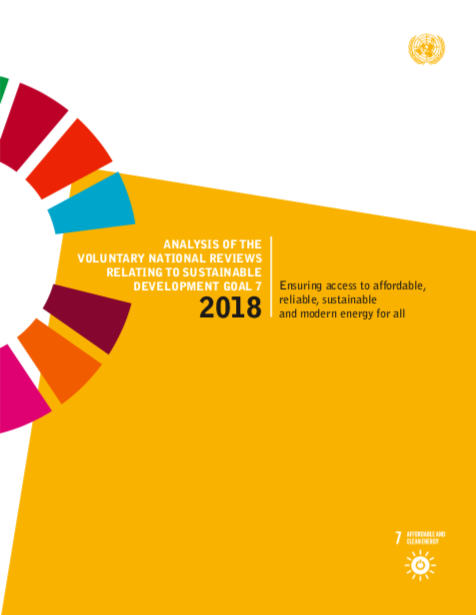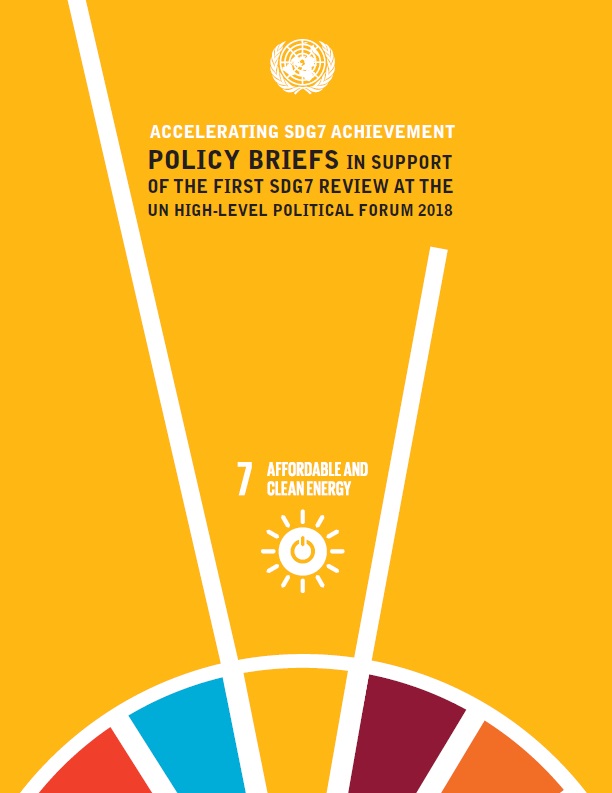December 2022 - You are accessing an archived version of our website. This website is no longer maintained or updated. The Sustainable Development Knowledge Platform has been migrated here: https://sdgs.un.org/
December 2022 - You are accessing an archived version of our website. This website is no longer maintained or updated. The Sustainable Development Knowledge Platform has been migrated here: https://sdgs.un.org/





Progress in every area of sustainable energy falls short of what is needed to achieve energy access for all and to meet targets for renewable energy and energy efficiency. Meaningful improvements will require higher levels of financing and bolder policy commitments, together with the willingness of countries to embrace new technologies on a much wider scale.
Source: Report of the Secretary-General, "Progress towards the Sustainable Development Goals", E/2017/66
Ensuring access to affordable, reliable and modern energy for all has come one step closer due to recent progress in electrification, particularly in LDCs, and improvements in industrial energy efficiency. However, national priorities and policy ambitions still need to be strengthened to put the world on track to meet the energy targets for 2030
Source: Report of the Secretary-General, The Sustainable Development Goals Report 2018
Access to electricity in the poorest countries has begun to accelerate, energy efficiency continues to improve and renewable energy is making gains in electricity sector. Despite this progress, some 800 million people remain without electricity while access to clean cooking fuels and technologies needs dedicated attention. In addition, if Sustainable Development Goals 7, 13 and related Goals are to be met, much higher levels of ambition are required with regard to renewable energy, including transportation and heating.
Source: Report of the Secretary-General, Special edition: progress towards the Sustainable Development Goals